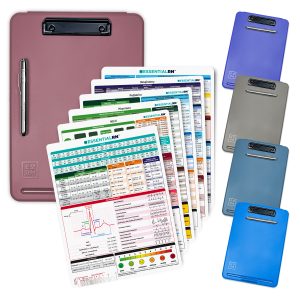March 31, 2023

Best Practices for Documenting Patient Care as a Registered Nurse
Best Practices for Documenting Patient Care as a Registered Nurse
As a Registered Nurse (RN), your primary responsibility is to provide safe, quality patient care. That care should be well-documented so that others can access accurate patient information and make informed decisions about the patient’s care. To help RNs better document care, here are some best practices for documenting patient care:
- Create an Accurate Patient Chart: Start by creating an up-to-date patient chart that accurately reflects the patient’s current medical condition. This includes recording the patient’s demographic information, medical history, diagnostic tests, treatments, and medications.
- Communicate Effectively with Team Members: Documenting care can be challenging if you’re not regularly communicating with the patient’s other healthcare providers. It’s important to maintain open communication with team members so that everyone has access to the same information.
- Stay Organized: It’s also important to stay organized when documenting care. Record all patient information in one place and use standardized forms and templates that are easy to follow.
- Update Care Plans Regularly: Care plans should be updated regularly to reflect any changes in the patient’s condition or treatment. Document how the patient is responding to different treatments and keep track of any modifications you make to the care plan.
- Be Timely: Make sure to document patient care in a timely manner. Prompt documentation ensures that all healthcare providers have access to up-to-date information in a timely fashion.
By adhering to these best practices for documenting patient care, RNs can ensure that their patients receive safe, quality care. For more information about documenting patient care as a Registered Nurse, please visit the following resources:
- Documentation of Patient Care from American Nurse Today
- Effective Nursing Documentation from Nurse.org
- Nurses’ Documentation Practices: A Qualitative Study from The National Center for Biotechnology Information
Latest Articles

April 24, 2023
What You Should Include in Your Nursing School Application Packet
April 24, 2023
If you’re beginning the process of applying to nursing school, one of the biggest steps is to compile your application packet. This typically includes your application, letters of recommendation, transcripts, and any other documents that demonstrate your commitment to the school and program. Here are some of the key items you should include in your application packet. Transcripts Your transcripts...
Read More


April 15, 2023
How to Maximize Your Study Time During Nursing School
April 15, 2023
Nursing school can be a challenging and time-consuming experience, but there are ways you can maximize your study time to get the most out of it. With careful planning and a commitment to staying organized, you can make sure you get the most out of your studying and help ensure your success! Plan Ahead One of the best ways to...
Read More


April 05, 2023
Developing Strategies for Communicating Effectively With Other Medical Professionals as a Registered Nurse
April 5, 2023
As a registered nurse, effective communication with your medical colleagues is vital in order to provide quality patient care. Establishing strong and open relationships with other medical professionals is essential in order to foster a collegial, team-oriented environment in your healthcare facility. Fortunately, there are many strategies that registered nurses can use to help ensure they are successful in their...
Read More



